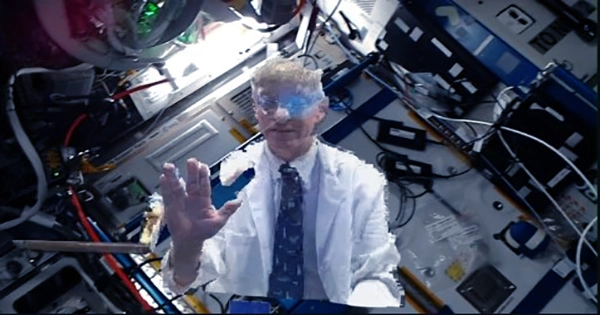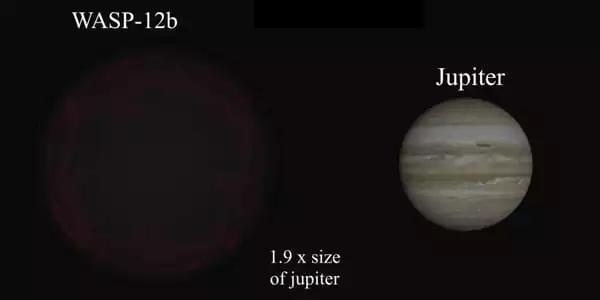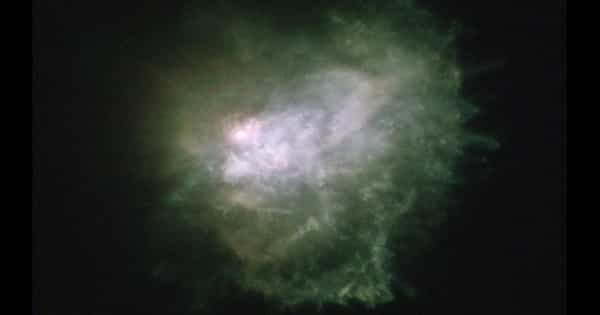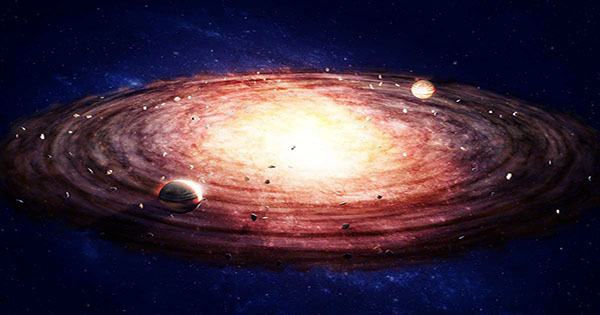Start-up SpinLaunch has come up with a novel means of demonstrating how we can launch objects into orbit without using chemical propellant right away. In a nutshell, spin the cargo extremely fast in a huge centrifuge, then release it on the proper trajectory and speed to reach space. They put a camera to their newest test so you can see what it’s like to be fired into space, and the results are incredible. The business has undertaken many experiments with its suborbital mass accelerator, achieving speeds above the speed of sound and altitudes comparable to those of an airliner.
The Suborbital Accelerator is a test bed for the Orbital Launch System, capable of speeds ranging from 800 to 5,000 mph. Our maiden launch, on October 22nd, 2021, successfully launched a test vehicle to supersonic speeds and finished with the reusable flight vehicle being recovered. Regular test flights with a range of vehicles and launch velocities will be conducted throughout 2022. Customers can use the Suborbital System for testing, and it has long-term usefulness as a satellite certification facility.
The eighth test, which took place on April 22, was particularly intriguing because it carried an optical payload — that is, a camera – on the 3-meter (10-foot) long projectile. You may now experience what it’s like to be spun about by a 33-meter (108-foot) centrifuge and then launched into the sky thanks to this. The nauseating film shows the camera spinning in the centrifuge before being released, followed by the entire rocket spinning as it leaves the ground behind. This spinning is done on purpose to offer more stability to the flight.
The projectile accelerated to a speed of almost 1,600 kilometers per hour (1,000 miles per hour), reaching a height of 7,620 meters (25,000 feet) in 82 seconds. Surprisingly, the A-33 Suborbital Mass Accelerator is just half-full of its maximal capacity. The whole centrifuge will be three times larger and will accelerate the payload’s exit. Before firing their engines and launching into space, the rockets will travel around 60 kilometers (200,000 feet). This strategy is intended to lower the cost of sending objects into space by a factor of 20, to less than $500,000 each launch. The cargo will suffer an acceleration of roughly 10,000 g, which is not suitable for human consumption.
















